In the summer of 2014, Harley-Davidson initiated a touring roadshow of its prototype Project LiveWire electric motorcycle to gauge customer interest in a possible production run. At the time, I rode the motorcycle and thought it was the best thing since french toast.
Having owned everything from an Aermacchi single to an old Shovelhead to a Buell sport bike, I was open to the idea of an unconventional offering from the Motor Company. The LiveWire was a seemingly market-ready product in 2014, albeit some issues with battery range and acoustical engineering. The high-pitched whine that the bike produced was distinctive if not necessarily endearing.
Heads turned at the curious noise when the bikes approached, but with the same reception usually given a swarm of mosquitos.
Nonetheless, in answering Harley’s post-ride questionnaire I enthusiastically gave the bike top ratings and commented “Build it now. I want one.”
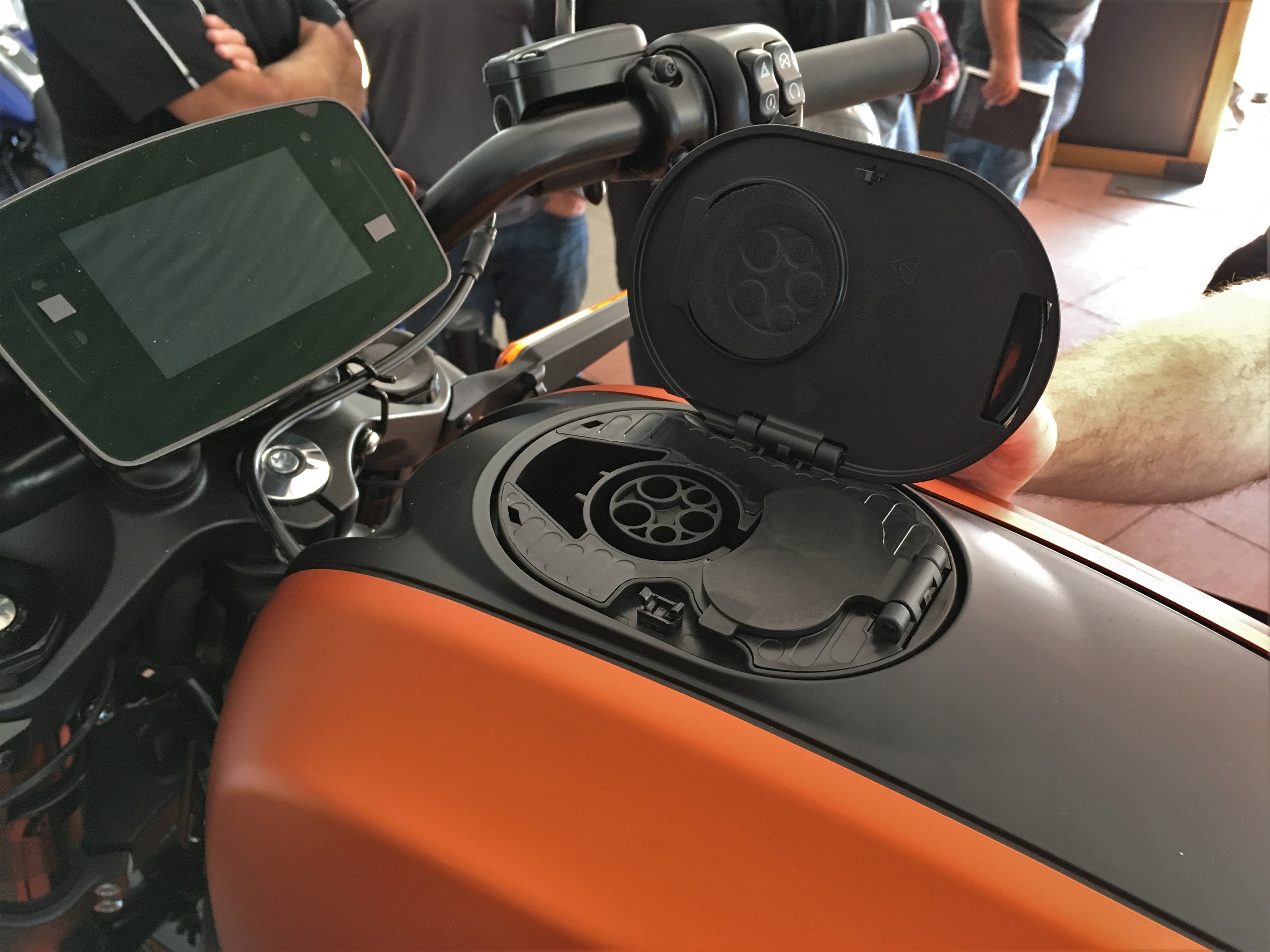
I like quirky Harleys and envisioned myself commuting from suburbia to the city in zero-emission style. I applauded the company for daring to venture away from its staid, traditional motorcycles and toward a promising position as a leader in transportation technology. If priced realistically, I wanted to support it by buying one.
However, that was four years ago – a lifetime in electronic product obsolescence. What seemed forward-thinking now seems desperate given Harley’s aging customer base, a dramatic four-year earnings slide, and retaliatory tariffs that endanger the company’s pivotal European growth plan. Four years later, the wolf is at the door.
It didn’t help perception that the reveal of the LiveWire was couched in the January 30th announcement of Harley’s Kansas City plant closure, reduced production and $53.1 million-dollar tax hit thanks to the ironically named 2017 Tax Cut and Jobs Bill. A subsequent plan for offshore production and urging by the President of the United States to boycott the brand has made for a tough year, to say the least.
While market analysts like TechNavio predicted in a 2016 report that demand for electric motorcycles would grow 45 percent by 2020, as one of those riders who may have skewed the data. I need to come clean about where I’m at now.
Like others, I’ve probably made a lot of promises in the last four years that I haven’t kept. I’ve also realized that the maturation process is not linear, and certain birthdays represent substantial leaps toward decrepitude. Like many aging Harley customers, I’ve had to re-examine the role motorcycles play in my life.
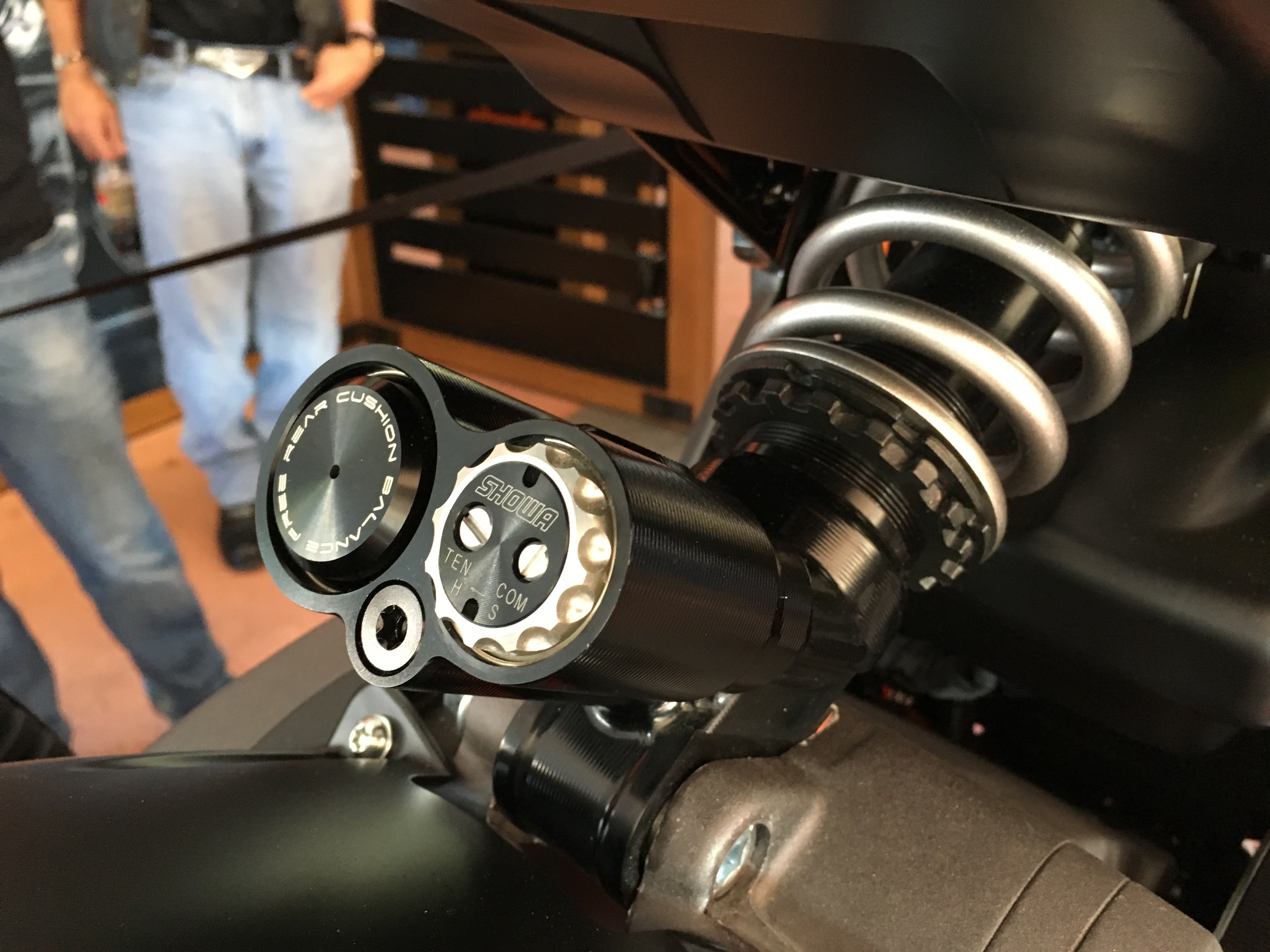
Environmental altruism aside, I don’t see myself commuting daily by motorcycle. My misplaced ideals of reducing emissions would be better served targeting my pickup truck instead of a conventional Harley, which already gets 45+ mpg. My existing collection of bikes will continue the status quo of vying for my attention on Sunday jaunts even as a steady diet of YouTube motorcycle-fail videos has left me a much warier rider.
Which doesn’t mean I’m not adding Harleys. Only most recently, it’s a 9-year-old 2009 XR1200 – a bike that enjoys a worldwide cult-following and has been regarded by Cycle World magazine as the best Sportster ever made, yet despite pre-production enthusiasm fell victim to lukewarm sales in the U.S. and was discontinued after 2012.
The XR1200 was the Harley that many riders – especially Europeans – had waited decades to own. It has an engaged riding position and handles well. It’s smooth, dependable and not obnoxiously loud. It seems like a pretty simple recipe, but it may have been too far ahead of its time for the nostalgia-driven Harley customer.
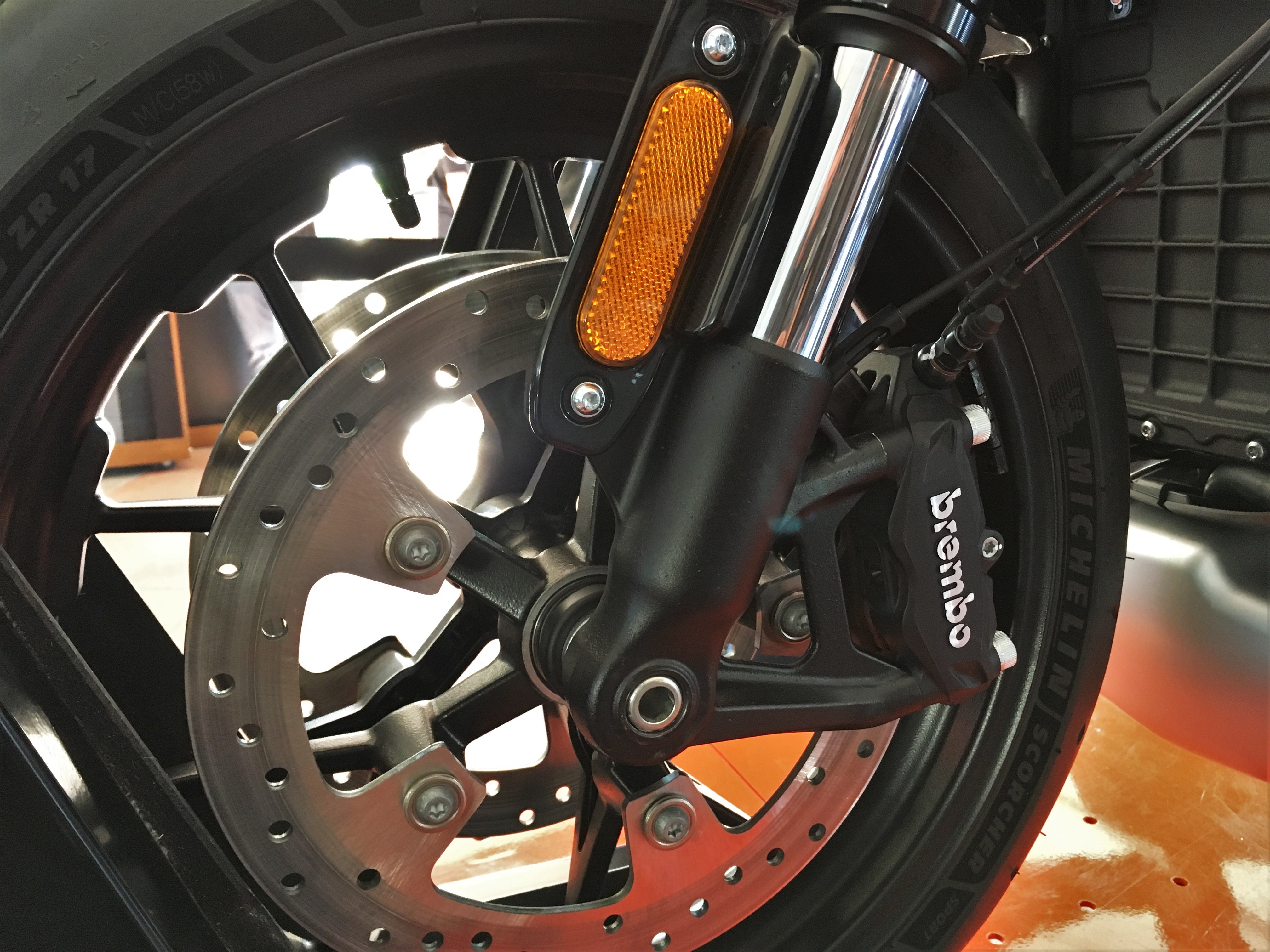
Harley-Davidson unveiled the market-ready LiveWire at its 115th Anniversary this week in Milwaukee. I sidled up to a young millennial couple sizing up the bike on the display. The young woman was slowly shaking her head from side-to-side as the young man said with slight disdain, “It looks like a Buell.” Harley shuttered its innovative Buell sports bike division in 2009 amidst tepid sales.
Two young men – both Harley assembly workers in their early twenties – thought the bike looked terrific. I asked them to speculate on the sticker price of the LiveWire when it becomes available in August of 2019. “Maybe $18,000?” guessed one young man. Do guys your age have that kind of money to spend on a motorcycle? “Uh, no,” he replied meekly.
In a nutshell, the random interactions with these young people define the challenges Harley faces.
Alongside the announcement of the LiveWire electric bike, Harley-Davidson plans to roll out three new 2020 production models targeted squarely at millennial riders: A bobber-styled Custom, The Pan America adventure bike and the Street Fighter sport bike.
But the three motorcycles strike me as not-so-new concepts. The Custom seems like a new twist on the 2001 V-Rod. The Pan America dual-sport reminds me a lot of “the world’s first adventure sportbike,” the critically loved 2005 Buell Ulysses. The Street Fighter visually recalls Harley’s first foray into the street hooligan segment, the 1997 Buell S-1 Lightning. Perhaps it’s not as much a question of innovation as of market timing.
Could I still be a buyer for an electric Harley? Maybe. But it’s going to have to be better than the LiveWire prototype’s 50-mile range and performance.
The final product can’t play it safe. Its acceleration should not be dumbed-down by a governor, and it should be fully capable of besting a conventional Ducati’s 2.6-second, 0-60 mph time.
Acoustically it’s going to need some baritone noise, if only for safety’s sake.
Harley is not waiting around for me to honor my pledge. But it is betting big on the reaction of a new generation of bikers in what is looking more and more like a crucial gamble for the manufacturer’s future.
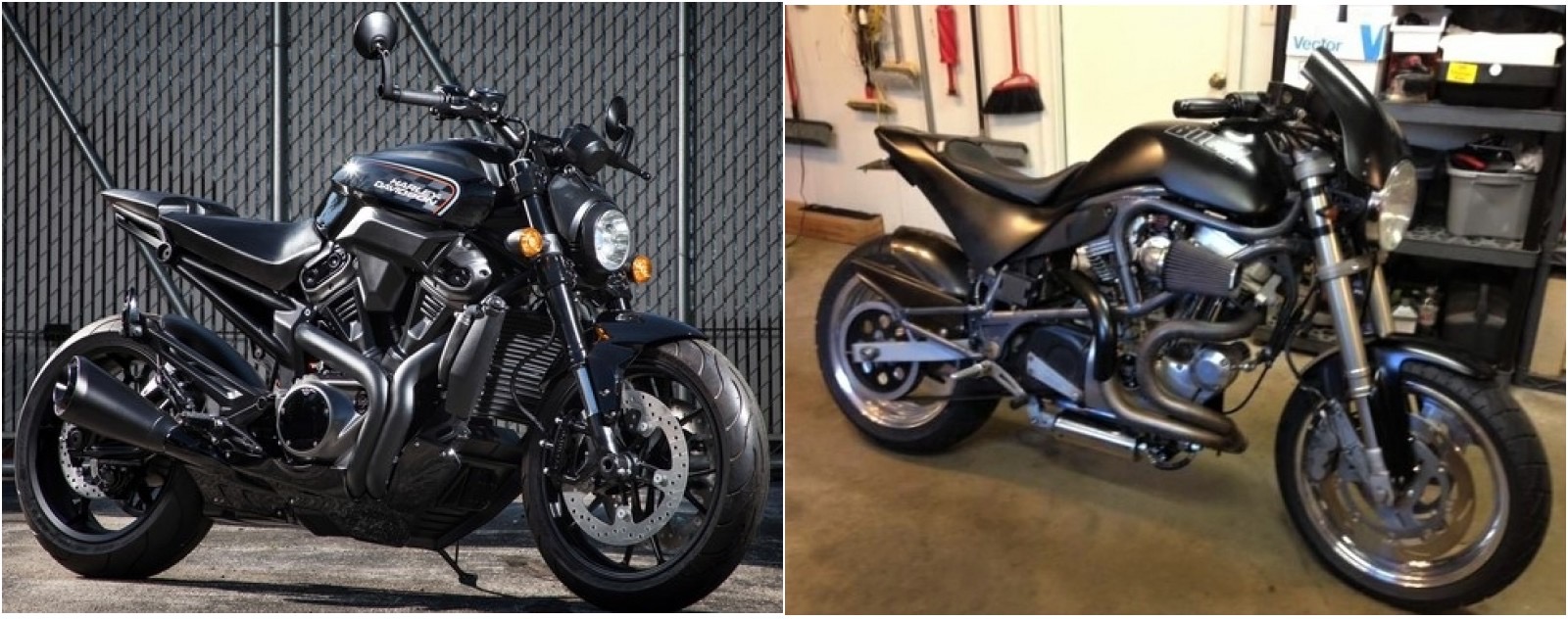
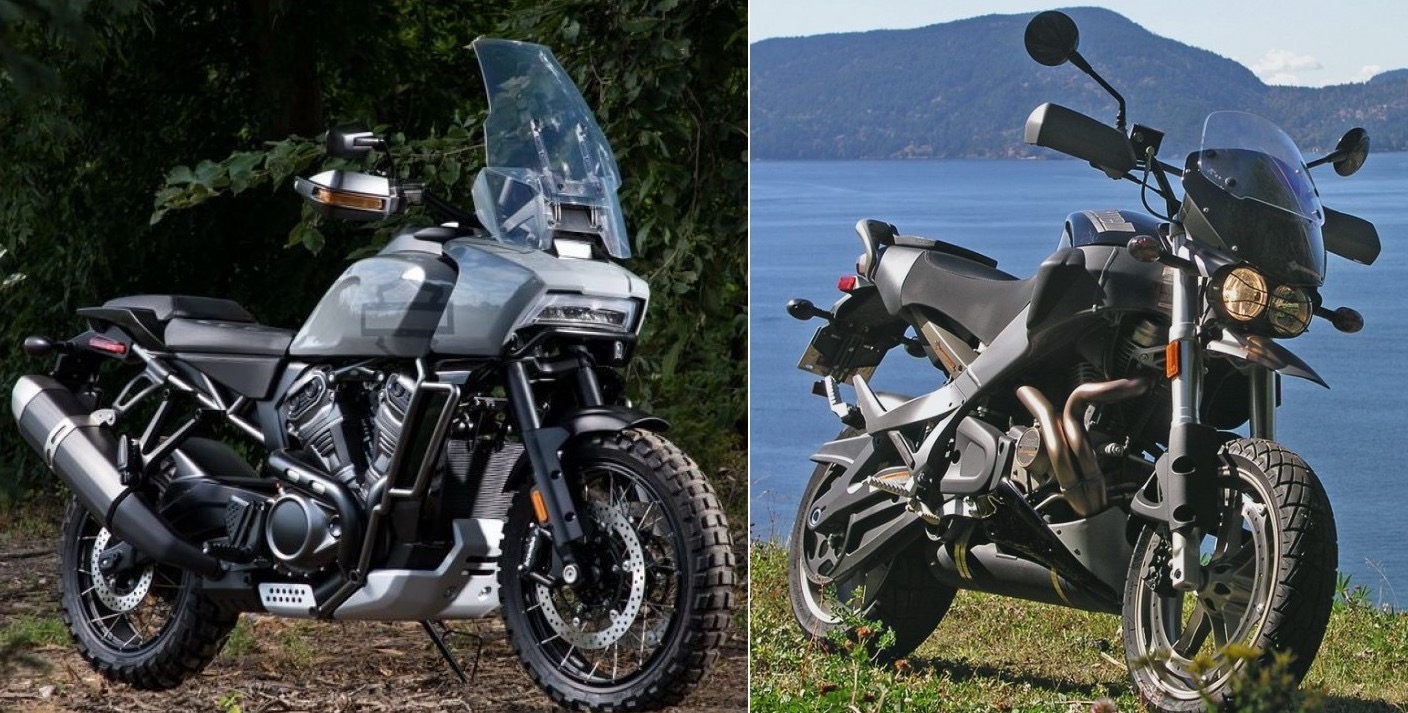






"Harley shuttered its innovative Buell sports bike division in 2009 amidst tepid sales." Not true. Buell sales were steadily growing, quality was way up and Buell had just won it’s first AMA National Pro Daytona Sportbike Championship, via an amazing performance by Danny Eslick. Two platforms, one loosely based on the XL powertrain and a BRP liquid cooled powertrain, specially designed and built in Austria for the good folks in East Troy, WI.
@scot ferguson – Less than half of all HD dealers carried Buell and the racing success was perceived by most as corporate cheating. They ran a 1125cc twin against 600cc 4 cyl engines with limited modification in a series that almost killed roadracing in America. But to keep the HD factory in the game, the NASCAR influenced management bent the rules by a about 525cc. Buell needed to be put to rest, 2009 was a record bad year for the motorcycle business.
Not sure what your point is about the number of dealers carrying the Buell brand. Not relevant.
Corporate cheating? Sounds like sour grapes. As for the AMA Pro Daytona Sportbike championship, you need to remember that Aprilia was able to run their RSV100R (a very strong liquid cooled v-twin) and Ducati was permitted to run the 848, along with the Triumph Daytona 675 triple. If it was so heavily in Buell’s favor, it wouldn’t have come down to the end of the season to determine the winner. Suzuki won 6, Buell won 6 and Yamaha won the last 4. I’d call that competitive. Eslick finished the season by just 5 points over Herrin on a Yamaha.
Having spent more that 12 years in the ET factory, I may be prejudiced, but your comment about "Buell needed to be put to rest" is crappy and unfounded. Buell’s successes were nothing short of phenomenal when you consider the size of the company and the hard work from a small group of insanely passionate people.
Interesting post.